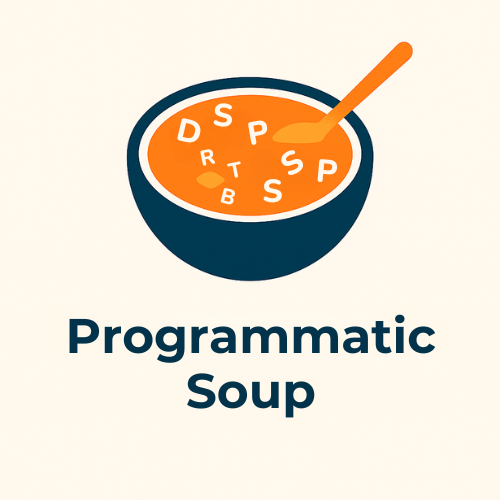
With ever-changing restrictions around data usage in a cookieless, privacy-focused world, one pertinent topic always pops up: 1st-party data. The general consensus is that with industry changes around privacy management, brands should leverage on their own, trusted user base to build their data strategy.
Collecting first-party data is nothing revolutionary. Here, we outline detailed steps that your brand can take to maximise its potential.
Data Collection & Sources
As a growing brand/advertiser, it is first important to understand where to find your own audiences. Generally, they come in the following forms:
- Website visitors
- App users
- Email addresses
- Phone numbers
- Addresses
Knowing and understanding these users allows you to create a more customised and targeted customer experience. These users typically are obtained via site/app traffic and are the easiest to collect and activate, typically via pixels. These users are your website visitors and app users. You will need to ensure that the appropriate tracking pixel codes are downloaded from the respective media buying platforms (e.g. Facebook Pixel, Google Ads Conversion Tag, AdRoll Pixel) and implemented on your site/app. These pixels will collect information about your site/app users and feed them directly into the platforms for activation. The process is the same even for enterprise DSP solutions such as TTD, CM360 and Xandr as well.
Some site analytics platforms such as Google Analytics, already offer a direct integration into your media buying platforms. General guidance is to leverage on both avenues for targeting.
Personally identifiable information (PII) such as email addresses, phone numbers and addresses can be uploaded as Customer Lists on Facebook & Google Ads. These users will be hashed upon upload and populate as a targetable list on the platform. An important note is to handle this data with care and to only upload it directly as the brand (not through an intermediary such as an agency) due to privacy concerns.
Segmentation
An often missed step in first-party data strategy is in the organisation of audience segments. As marketers, we know that users at different stages of the user journey aren’t valued the same way. This means that we have an extra step of making sure that we can identify the specific segments of users that we want to target. For tracking, platforms typically offer universal pixel and standalone pixel solutions for advertisers to track their users. This means that we have to consider how to match users at different stages of the user journey to our marketing funnel.
For universal pixel implementation, we need to ensure that:
- Proper rules are set up to classify audiences by their position in the user journey (e.g. using pixel rules to filter “thank-you”, “add-to-cart” or homepage/ landing page users). Doing so allows meaningful ways to reach these users with the appropriate creatives later on.
- Set-up tracking and create custom segments filtering for custom variables/macros (e.g. minimum basket value in checkout cart to further segment the quality and value of your users.
- For small user segments (<1,000), consider grouping them together as far as possible such that they can be used on media buying platforms.
For standalone pixel implementation that typically tracks specific user actions (e.g. duration on page), ensure that:
- Cross-check on your sites to ensure that pixels are correctly implemented on your site/app and that there isn’t duplication
- Naming conventions for these users on platform clearly state the nature of the activity
- Consider adjust the stringency of custom tracking to ensure that your pool of users can be broad enough to target
A final consideration before actually running your campaigns targeting these users is to check for the actual targetable size of these segments after applying the relevant filters (e.g. geographic) as these lists are typically not-filtered for media buying. This can often be checked in the audience or forecasting tools on platforms.
Activation
There are 3 main ways to utilise these user segments that we have imported:
Retargeting
Knowing who these users are allows us to customise creatives to push them lower down the marketing funnel as we require. Minimally, we want to have differentiated creatives between new users (prospective) and our 1st-party users (remarketing).
Exclusions
For users that have already converted on your campaign goals, you can increase the efficiency of your media spends by excluded past-converters (adjusted for an appropriate lookback window). You can also exclude all users from your 1st-party data lists in your prospecting campaigns to avoid bidding against yourself between campaigns.
Lookalikes
Your customers are your most valuable sources of data. As marketers, we can leverage on platform capabilities to identify potential customers using our 1st-party data lists as seed audiences to expand on prospective users.
Caveats & Next Steps
An important caveat for a successful 1st-party data strategy is that usage of first-data typically requires >1,000 users to even be able to target them on media buying platforms. This can be a tall order for brands that are just starting out and growing and are unable to reach the required scale.
To resolve this, in the early stages, you can leverage on other targeting tactics (e.g. affinity audience targeting, category targeting, keyword targeting) to build traffic to your page or app to expand your user base. These tactics would naturally serve to expand your sitewide visitors or homepage traffic.
Complementary to this approach is to focus on non-paid marketing efforts. There is a need to continue developing content or features that increase user engagement and retention. Doing so creates more interaction points between your users and your digital properties, hence giving you more data for targeting and analysis.
Employing these tactics and integrating them into your marketing strategy will allow you to unlock greater value on your paid media campaigns. Hopefully, this approach can serve as the foundational principles to build your 1st-party data approach and can help to increase the efficacy of media measurement later on.
Image Attribution
Freepik – Vectorjuice

